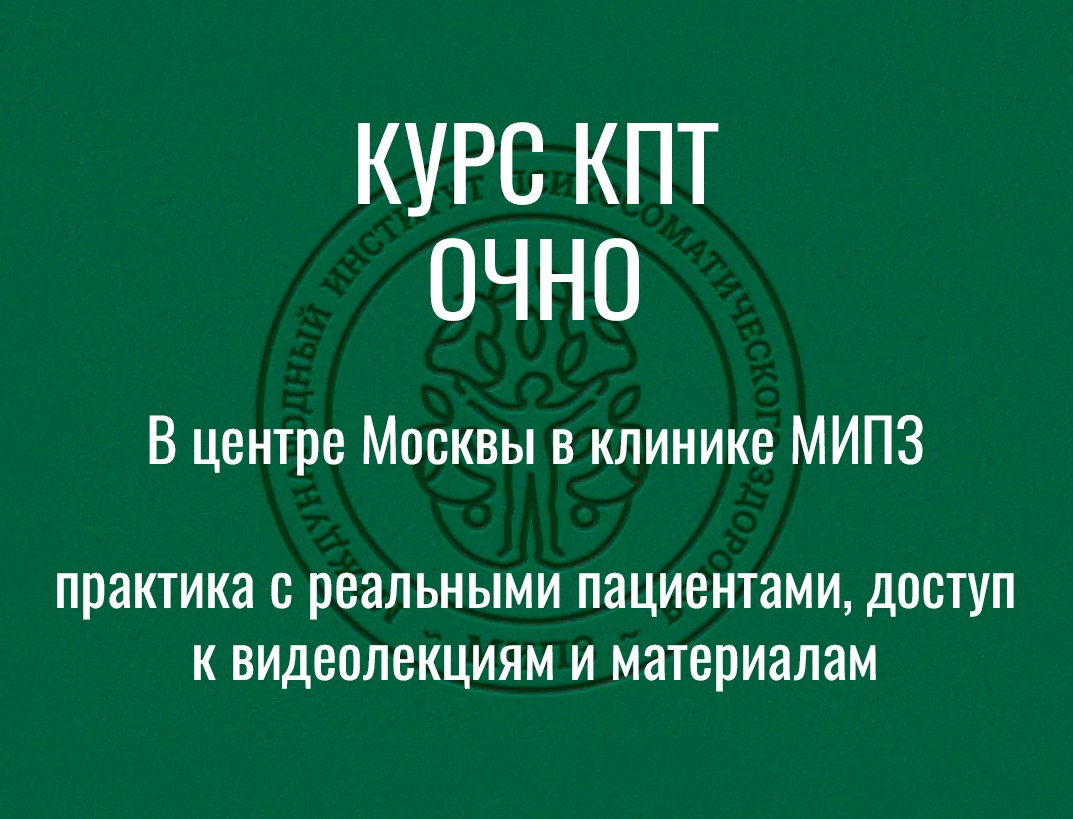Interest in the adult’s face: the coordination of visual contact with other modalities
During the second phase of the observation, Serioja made the momentous ‘discovery’ of the adult’s face.
During most of this period, Serioja preferred to look at an adult’s face when it was half-covered, masked, or partitioned by the slats of a fence. Under these conditions, the potential threat posed by the face was removed by the masking of its emotional expression, by the sustaining of a safe distance, and sometimes by the creation of a new, somewhat enigmatic configuration which invited exploration and suppressed painful associations from previous experience. In such facilitating conditions, Serioja could display fully multimodal communication: reaching out with his hands, smiling, looking into the adult’s eyes, and babbling, all at the same time.
Serioja investigated eyes separately: he considered these the most dangerous part of a face. For instance, at the age of seventeen months and seven days, he could look his carer in the eye when she rubbed her face and looked at Serioja through the holes in her fists. Here, his exploratory behaviour was stimulated by the possibility of looking through the tunnel of her fists at something that appeared to be inside them. Through this introduction of the third dimension, her eyes ceased to have unlimited depth, appearing instead as the end-point of a narrow tunnel. Such isolation of different aspects of the adult increased Serioja’s tolerance of the adult’s closeness, and provided him with precious experience of joint attention.
This discovery of the adult’s face was followed by a gradual increase in Serioja’s capacity to sustain emotional interaction ‘face to face’ with an adult. He had begun to observe attentively how other children communicated with adults, and to attempt to imitate them. When he attempted to communicate with adults at a distance, he reassured himself by means of tactile contact with one particular boy, with whom he had formerly rubbed heads.
Serioja at eighteen months and four days old
This observation took place after the successful second attempt to transfer Serioja to a new group.
I am playing with Serioja, who had come to me readily when I called him by name. In turn, I move my face towards his, and then away again. Serioja pushes his forehead against mine: I butt him gently, smiling. Serioja smiles back, butts me, and listens carefully when I say, ‘ooh-ooh-ooh, the horned goat has arrived!’
Serioja now changes our mode of interaction from tactile to visual and vocal. Instead of butting, he looks into my eyes with a short, delicate exclamation: ‘A-a’. I repeat his exclamation, and nod to him, giving him to understand that it is his turn to continue. He vocalizes in reply : ‘A-a’. There are a few more exchanges, until I change the intonation. He stops smiling and vocalising, and begins to explore my face with a skittle, which he uses as an extension of his hand. He is absorbed in this exploration: he covers each of my eyes in turn with a skittle, and refuses my invitation to transform this into a game of ‘peek-a-boo’. (When I cover my face with my hands, he uses a skittle to clear them away).
Comments:
Serioja still prefers certain forms of visual and vocal contact because of their safety. Nevertheless, the proper co-ordination of visual and vocal contact, which makes the dialogue with me possible, is a real achievement. The other sign of progress is his reaction to changes introduced by an adult. Instead of crying desperately, as he once would have done, he shifts from emotional contact with the adult to a more neutral exploration of her. This allows him to remain close to her, face-to-face, ready to resume emotional contact when the perceived threat is over.
Serioja’s more accurate perception of the adult in external reality allows him to build a more positive representation of her inside himself, which initiates a benign circle. The process of building up this good internal representation corresponds to the introjection of the good object described by Klein (1952), who emphasised the interaction between the inner world and the perception of the external world.
Serioja was still exhibiting autistic-like symptoms: fits of desperate crying; avoidance of eye contact; pretending to be deaf when the carer made demands on him; and a new symptom of pretending to be dead in order to avoid unpleasant contact, for example, when an adult embraced him. However, he now used these symptoms very selectively, as deliberate, intentional communications. He now seemed able to restore his emotional balance by resorting to autonomous exploration. This strengthened his feeling of being in control of the environment, but without the obsessive quality of the post-autistic state described by Meltzer (1975).
tactile contact – previous | next – development





.jpg)
.jpg)
.jpg)
















